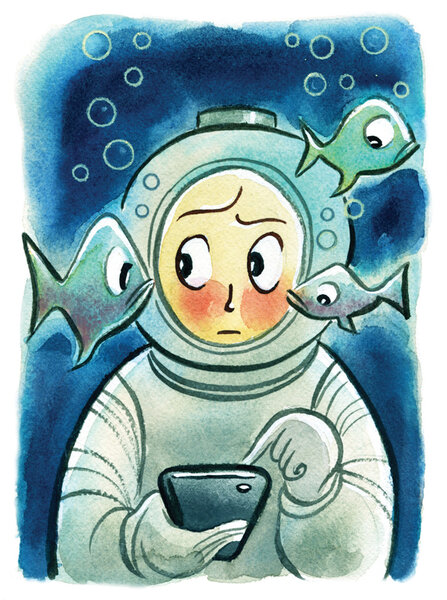An invisible wet suit for your iPhone or Android device
Loading...
Electronics come with one cardinal rule. Never, ever get them wet. But now a new technology is washing away that maxim.
Three companies have introduced ways to waterproof gadgets – no bulky case required. They all revolve around the same idea: a nanocoating that wraps devices in an invisible armor 1/1000th the thickness of a human hair.
P2i, HzO, and Liquipel say their protective barriers save gadgets from spills, splashes, and getting caught in the rain. Water simply beads up and slides off.
The competing companies are pitching the technology to gadgetmakers, hoping to insert this nanocoating process into the assembly lines for phones, hearing aids, and even hiking shoes. But Liquipel stands as the only one talking directly to gadget owners.
For $59, Liquipel will seal up an iPhone, iPod Shuffle, or any of seven approved Android phones. An extra $10 will expedite the process from a few days to a few hours. (That doesn't account for shipping, since everything runs through Liquipel.com, not a bricks-and-mortar shop.)
This aftermarket solution works in basically the same way as nanocoating new electronics. Each device goes into a vacuum chamber. Once all the air is sucked out, the companies pump in their own version of a chemical vapor. The vapor seeps into the object, coating the components that water would disrupt. As the film sets, it binds to the gadgets, and will last for several years.
To demonstrate its effectiveness, P2i applied a nanocoating to tissue paper. In a promotional video (embedded below), the company dunks the treated paper into water. The tissue does not absorb anything. In fact, it floats above the water, completely dry. The invisible barrier won't change the properties of the paper, according to the company. For example, the coated tissue still tears easily. Gadgets will still be able to vent heat.
Motorola called in P2i to protect the Droid RAZR Android phone and XOOM 2 tablet. But the two devices are advertised as water repellent, not waterproof. That means they're accident-safe, not truly swim-safe. At least not yet.
None of the companies promises that you can use a device underwater, but HzO boasts that its nanofilm protects submerged phones for more than an hour. If your gadgets have no room for error, 100 percent lifetime protection comes only from hefty plastic cases.
For more on how technology intersect daily life, follow Chris on Twitter @venturenaut.







